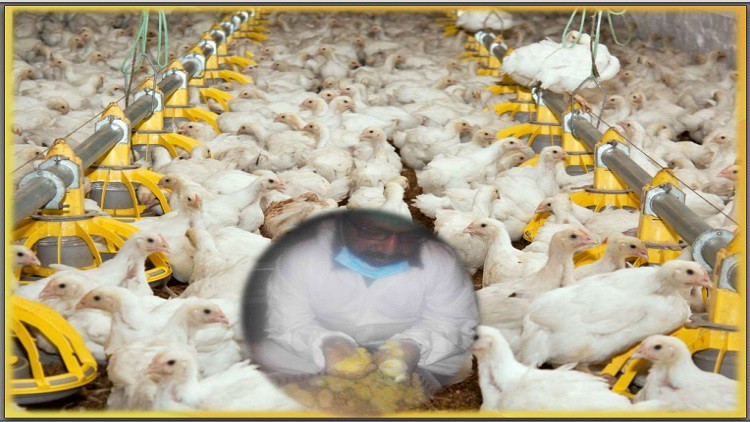
Broiler farm management profit extra income
What you will learn
chick management day old chick quality -chick arrival -environmental control
provision of feed and water supply of nutrient-feeding program -drinking system -feeding system
health disease surveillance disease investigation – disease recognition biosecurity-vaccination
housing and environment ventilation system lighting programs
Description
Prior to placement, commercial broiler farms should be prepared to receive new chicks. If litter has been recycled, it may be turned, treated, and/or otherwise managed to reduce ammonia, pathogen ,and insect load. Houses will be heated to provide adequate temperature for the chicks and feed and water lines may be primed so that they are at room temperature prior to placement. Temperature maybe uniform within houses or a temperature gradient may be provided to allow chicks to better
adjust their individual temperatures. If a temperature gradient is provided, feeders and waterers should be placed so that birds can adjust their temperature and still have easily access to feed and water. In general, chicks are placed at a ground temperature of approximately 90-95°F (32.2-35°C) and temperature is decreased as the birds age at approximately 5°F (2.8°C)/week until the temperature is around 70°F (21°C). However, this greatly varies based on the management system and breed of bird so temperature should be adjusted based on flock behavior . Many commercial broiler houses have some or extensive environmental control and the ability to implement standard program flock profiles for temperature and ventilation. Chickens in these environments Temperature & ventilation Uniformity of ventilation is ideal to improve flock performance. Poor ventilation may pro-mote excessive litter moisture and increase the exposure of the chickens to enteric pathogens. Poor ventilation may cause excessive ammonia levels, which could be detrimental to the health and welfare of animals and employees Excessive ammonia at the level of the chicks may be less detectable to a standing human and high levels can cause health problems such as corneal ulceration, conjunctivitis, and inflammation/deciliation of the trachea thereby predisposing birds to respiratory pathogens. Broiler processing Based on market needs, broilers will be processed at a target weight or age determined by the individual company. Loading chickens into transport vehicles to move to processing may be done at night or early morning to decrease physical and heat stress during loading. At the processing plant, misting or fans may help keep birds cool and reduce mortality while birds are waiting to be processed. In colder regions, heating systems may be needed. Handling of birds at processing, including unloading and shackling, should be done in a way to minimize trauma to the birds, which would not only be a welfare concern but would lead to increased condemnations. Birds should be rendered unconscious and/or euthanizedin a manner that does not cause undue stress, increase condemnations, or adversely affect food safety.
Content